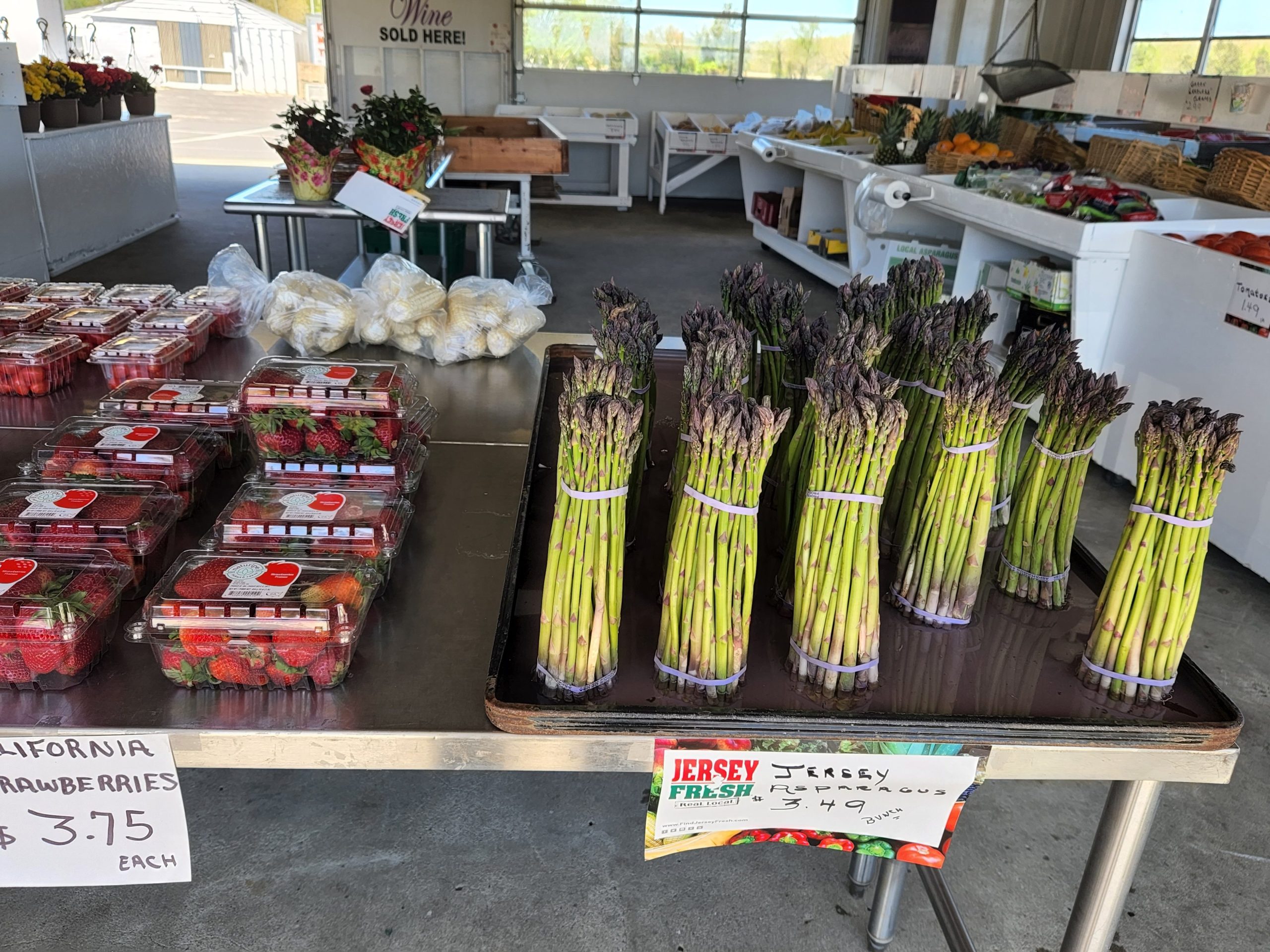올해 ë‚´ ì •ì›ì˜ ë‘ ë°° ì´ìƒìž…니다..
We’re going to grow more of our own food in our backyard because I’m concerned about the cost and availability of fresh fruits and vegetables. As inflation soars, they’re going to become more expensive and harder to find.
That’s what my instincts as a lifelong farmer in New Jersey are telling me.
So I’m taking matters into my own hands. 수년간, I’ve grown tomatoes, peppers, 오ì´, and other vegetables in four garden beds behind my house. We eat them all summer and can them for the winter, making everything from tomato sauce to pickled peppers.
 Now I’m building an additional six garden beds. This will allow me to increase my tomato plants from 18 ì— 50 and my pepper plants from 24 ì— 60. I’ll also grow lettuce and eggplants.
Now I’m building an additional six garden beds. This will allow me to increase my tomato plants from 18 ì— 50 and my pepper plants from 24 ì— 60. I’ll also grow lettuce and eggplants.
Farming and gardening may differ in scale, ë¬¼ë¡ ì´ì•¼, but my reasoning is the result of my years in agriculture.
The cost of everything is going up—and in the months ahead, it’s going to affect the ability of consumers everywhere to buy fruits and vegetables.
Inflation hit 8.5 percent in the United States in March, according to new ë°ì´í„° 미êµì—ì„œ. Department of Labor. This is the highest year-on-year increase since 1981. For food, the rate of inflation was 8.8 í¼ì„¼íŠ¸.
Between February and March, the price of fruits and vegetables went up 1.5 í¼ì„¼íŠ¸. This follows a 2.3-percent spike a month earlier.
These troubling numbers confirm what we’ve all seen with our own eyes for a while. We’re paying more for everything.
The problem began about a year ago, as we bounced back from the COVID-19 lockdowns. Supply chains failed to keep up with the demand for products. Low interest rates and massive spending by the U.S. federal government meant that too many dollars were chasing too few goods.
When economies overheat like this, the result is inflation.
And now there’s a new factor: ëŸ¬ì‹œì•„ì˜ ìš°í¬ë¼ì´ë‚˜ 침공. We were suffering from inflation long before the war began, but the war is making everything worse.
 Consumers saw the effect most obviously when they suddenly were paying a lot more at the fuel pump.
Consumers saw the effect most obviously when they suddenly were paying a lot more at the fuel pump.
The war also affects food prices. Ukraine is a significant farming nation, but its ports on the Black Sea are now closed. It can’t export or import much of anything. Many of its farmers are starting to plant, but their nation’s existential conflict poses a unique challenge. They won’t produce as much as they have in years past.
A lot of the world’s fertilizer comes from that part of the world, which means that farmers are paying more for smaller amounts of a key agricultural input. 지난 달, Gilbert arap Bor of Kenya pointed out the problems this is creating for him, in what obviously has become a global phenomenon.
This mess feels like the 1970s all over again. I’m old enough to say that. I’m also concerned enough to make a tentative prediction: We could see inflation rates this summer of 15 í¼ì„¼íŠ¸.
That would mean that things will get worse before they get better.
This will affect basic farming decisions. Growers of fruits and vegetables may reduce what they plant because they will have to make decisions regarding what seeds, 비료, and crop protection they can afford. I’m especially concerned about the late-harvest crops—the tomatoes, bell peppers, and sweet corn that farmers traditionally plant in July.
 Here’s how it could affect consumers. Imagine a mother who drives home from work. She’s thinking about dinner for her family, so she stops at one of the fruit-and-vegetable stands here in southern New Jersey. She wants to buy a dozen ears of sweet corn. Last summer, when our inflation problem was just getting underway, her purchase probably would have cost about $6. ì— 2022, 하나, the same thing could cost $12.
Here’s how it could affect consumers. Imagine a mother who drives home from work. She’s thinking about dinner for her family, so she stops at one of the fruit-and-vegetable stands here in southern New Jersey. She wants to buy a dozen ears of sweet corn. Last summer, when our inflation problem was just getting underway, her purchase probably would have cost about $6. ì— 2022, 하나, the same thing could cost $12.
Does she buy or does she balk?
There are no simple answers—for her or for us.
An end to the war against Ukraine would help, but it looks like the fighting will drag on.
미êµ. government could encourage energy production, which would make fuel and fertilizer more available.
ê·¸ ë™ì•ˆì—, I’m doing the one thing that will help my family get through what could be a hard year: I’m growing more of my own food.

